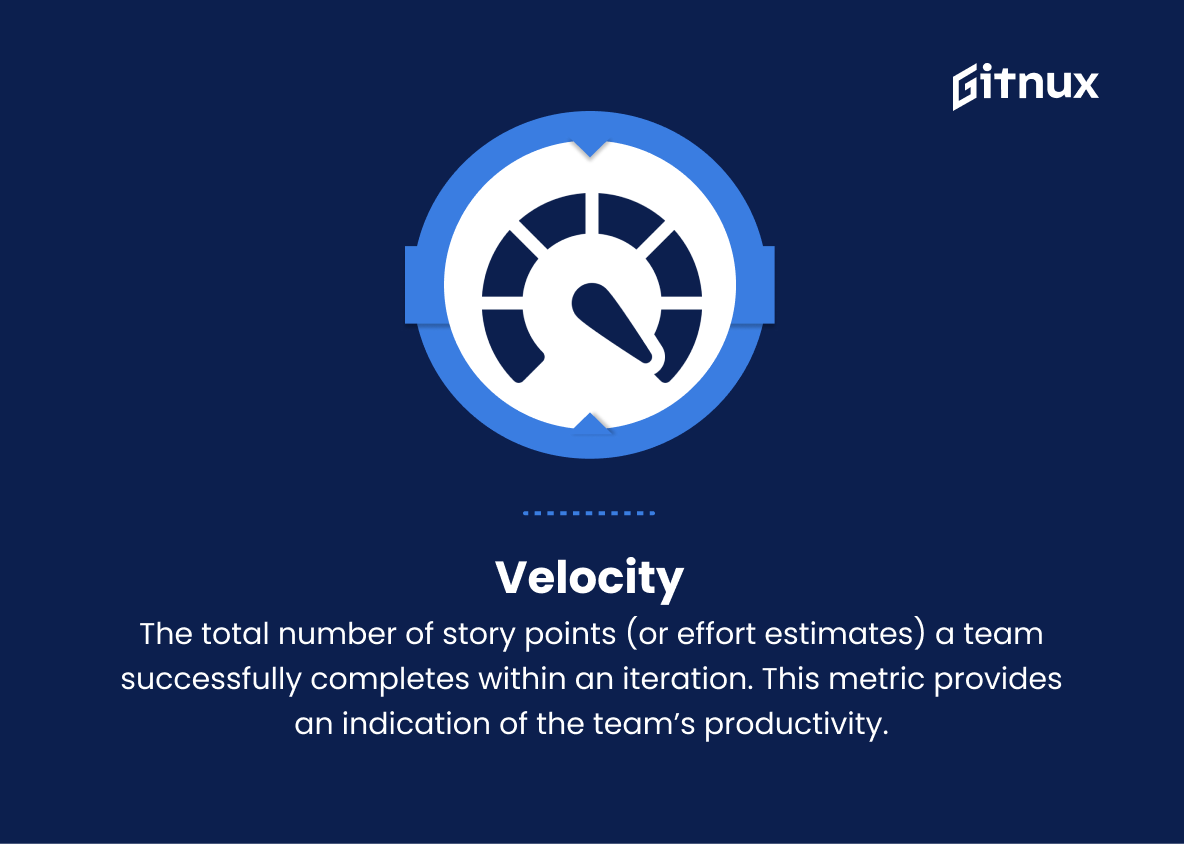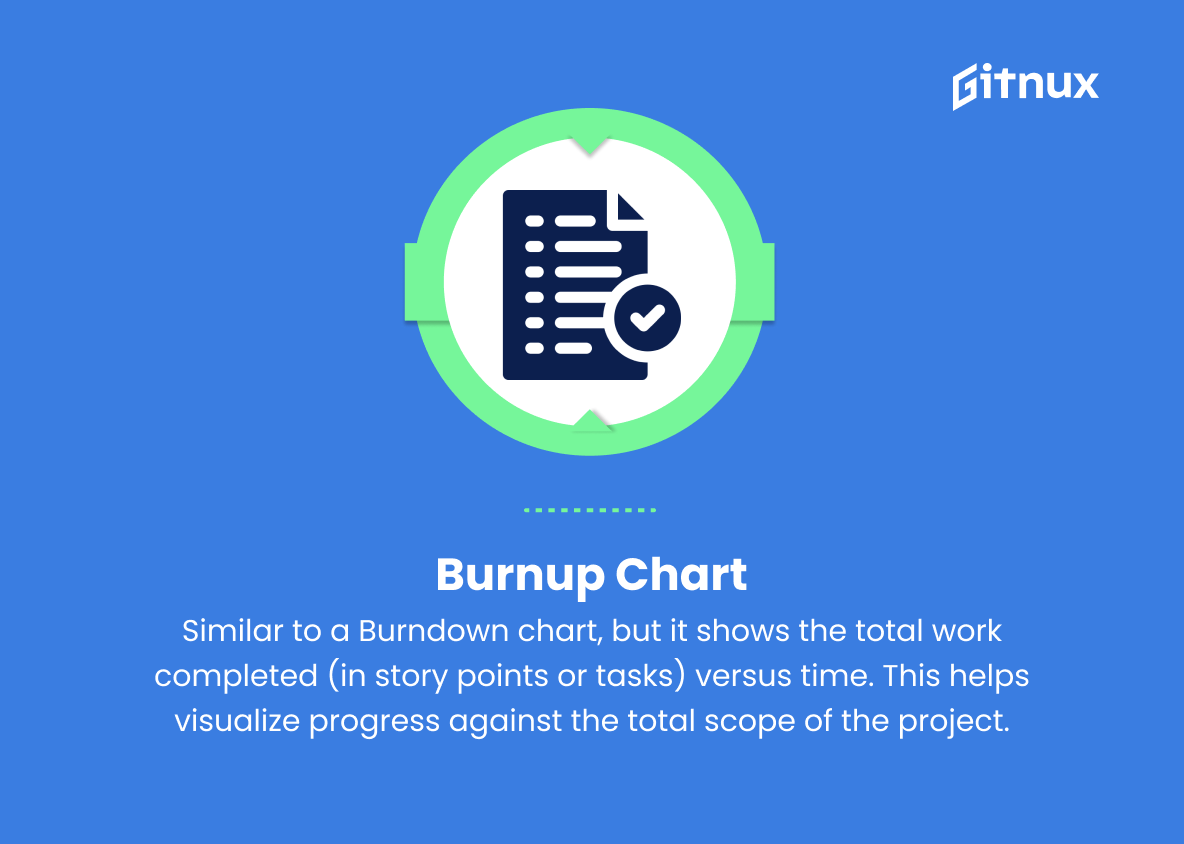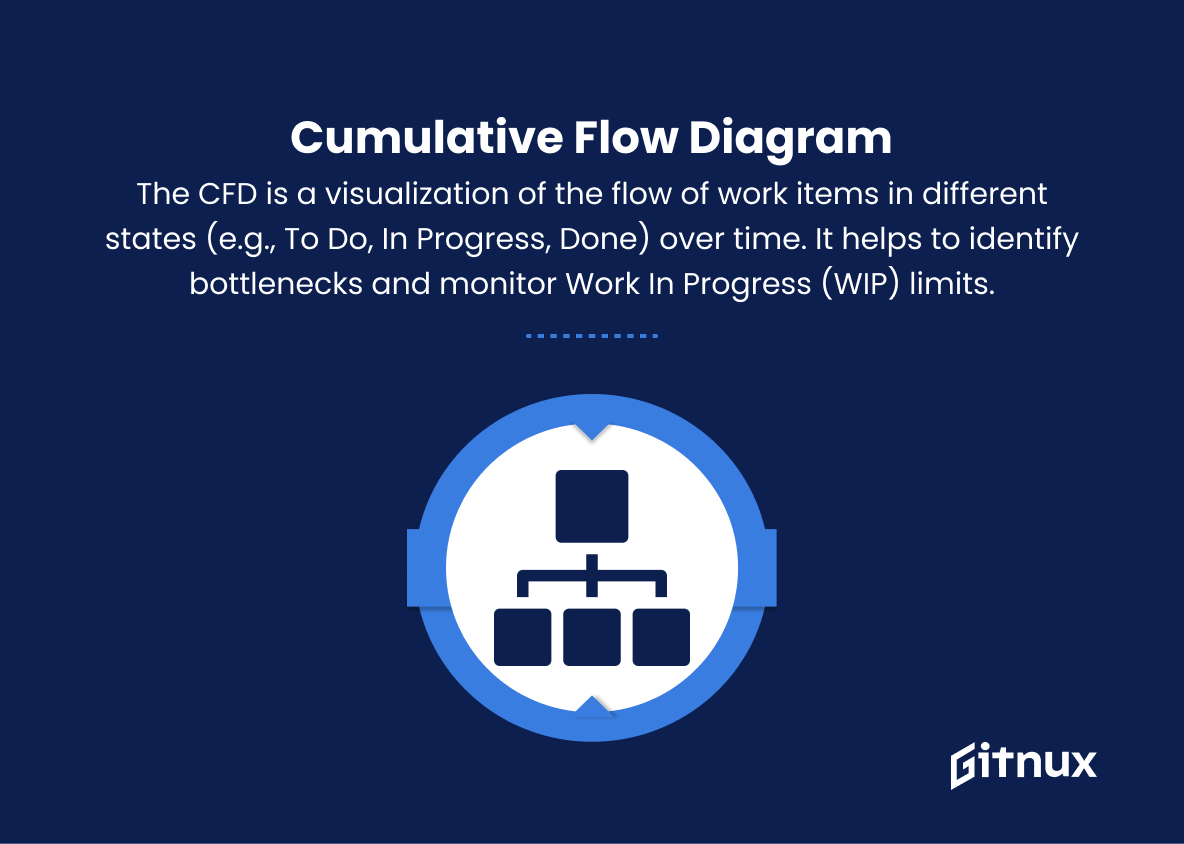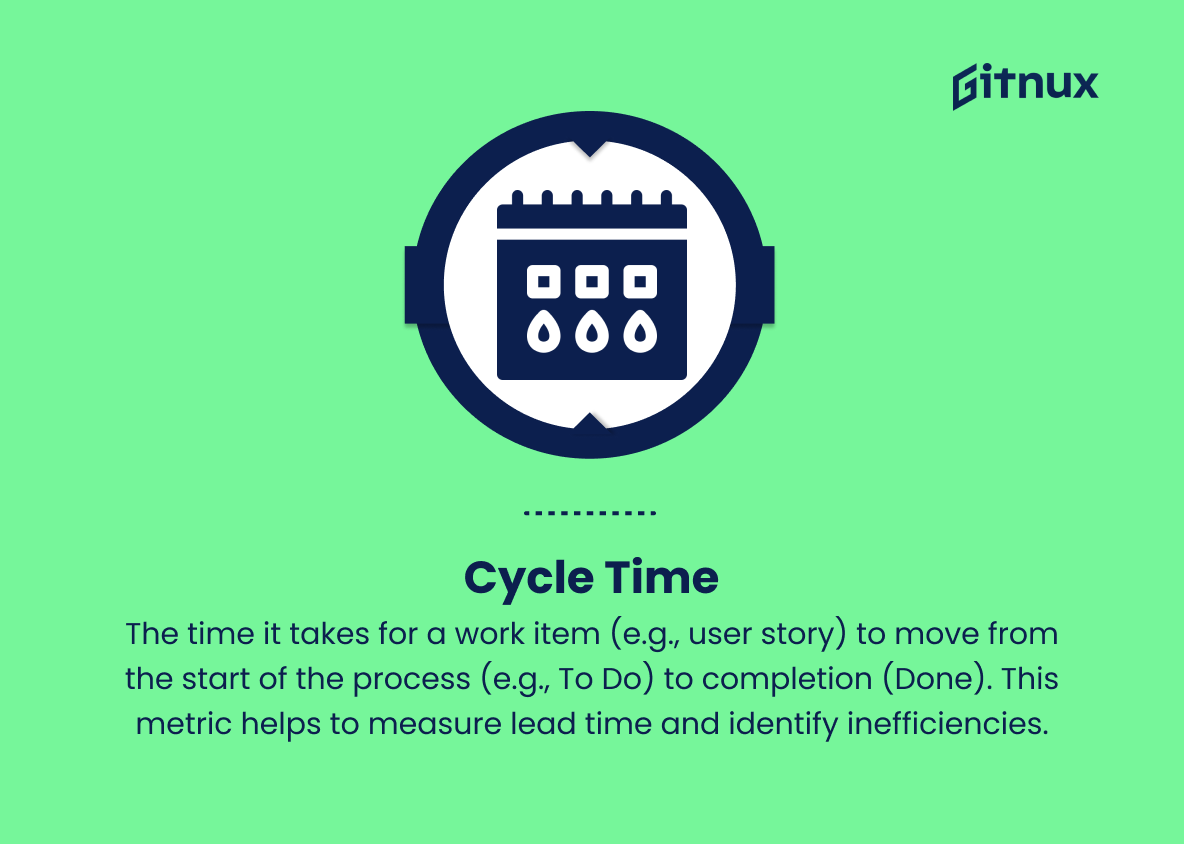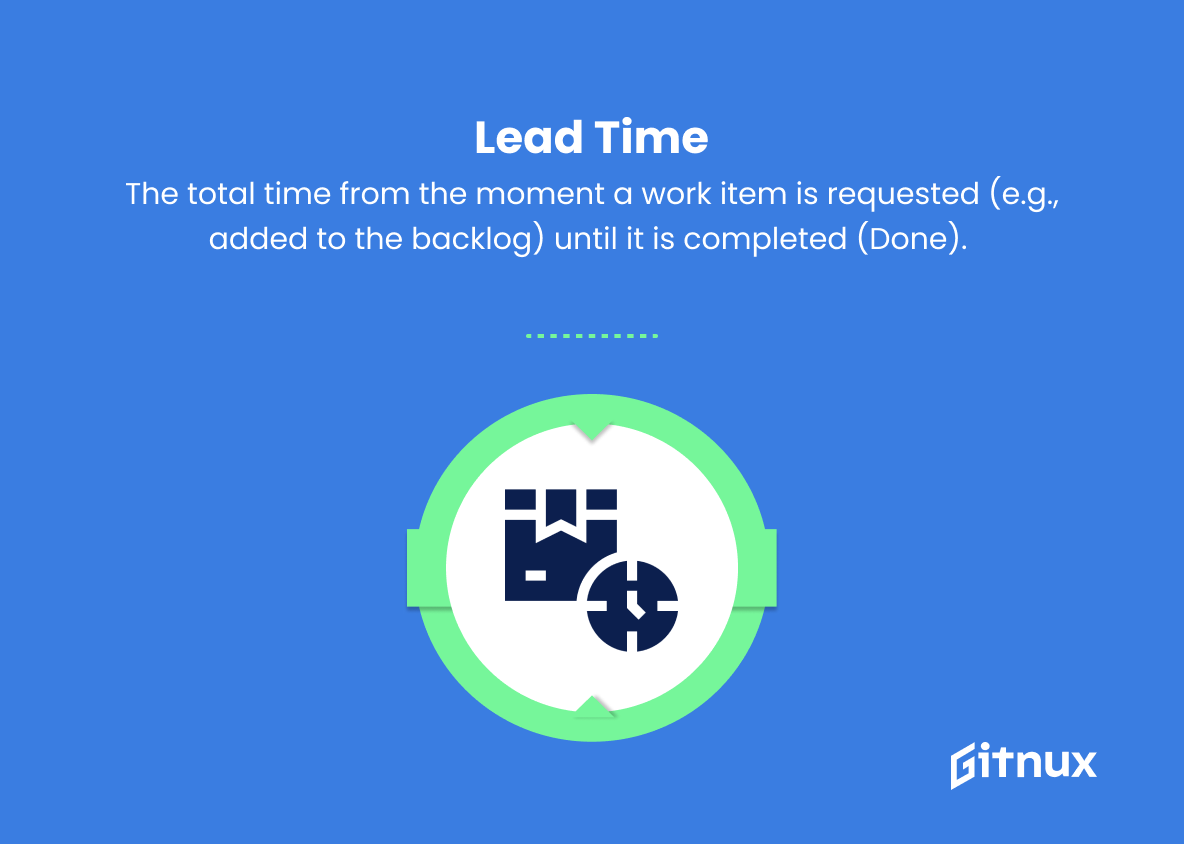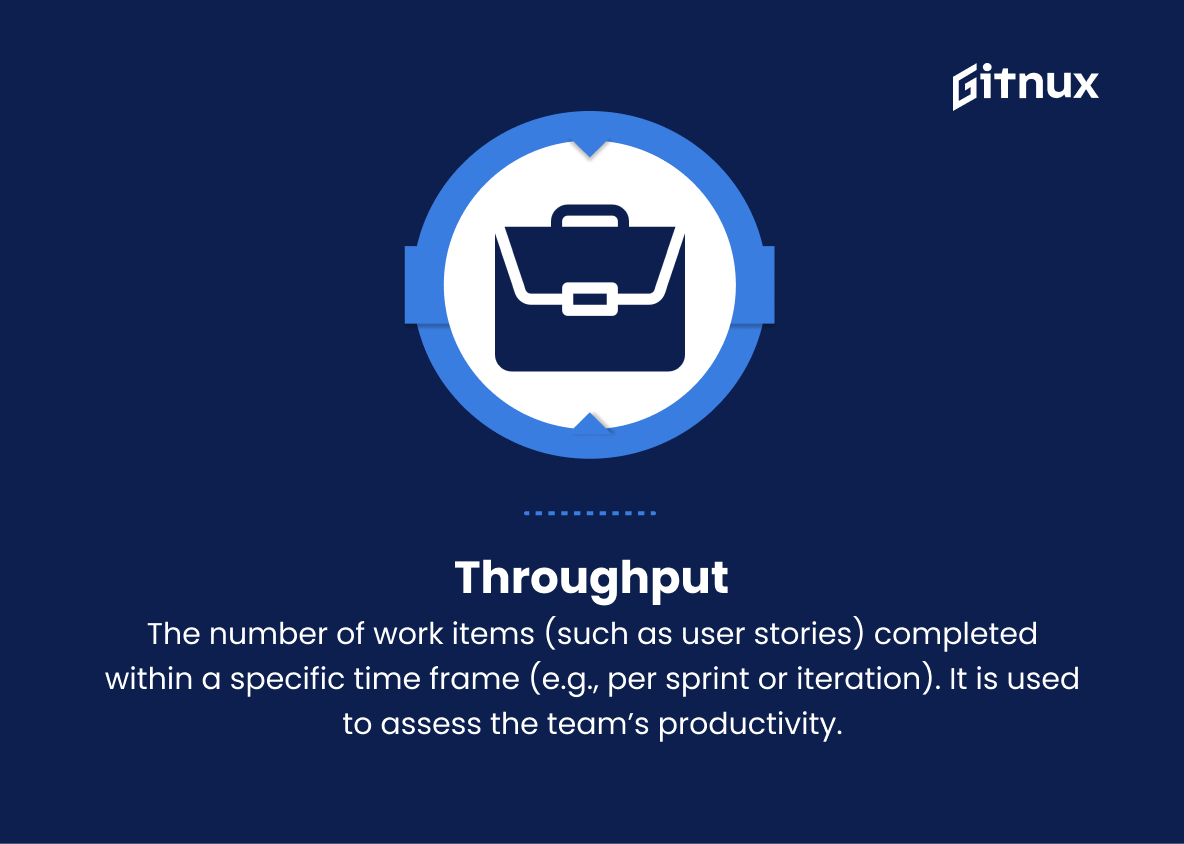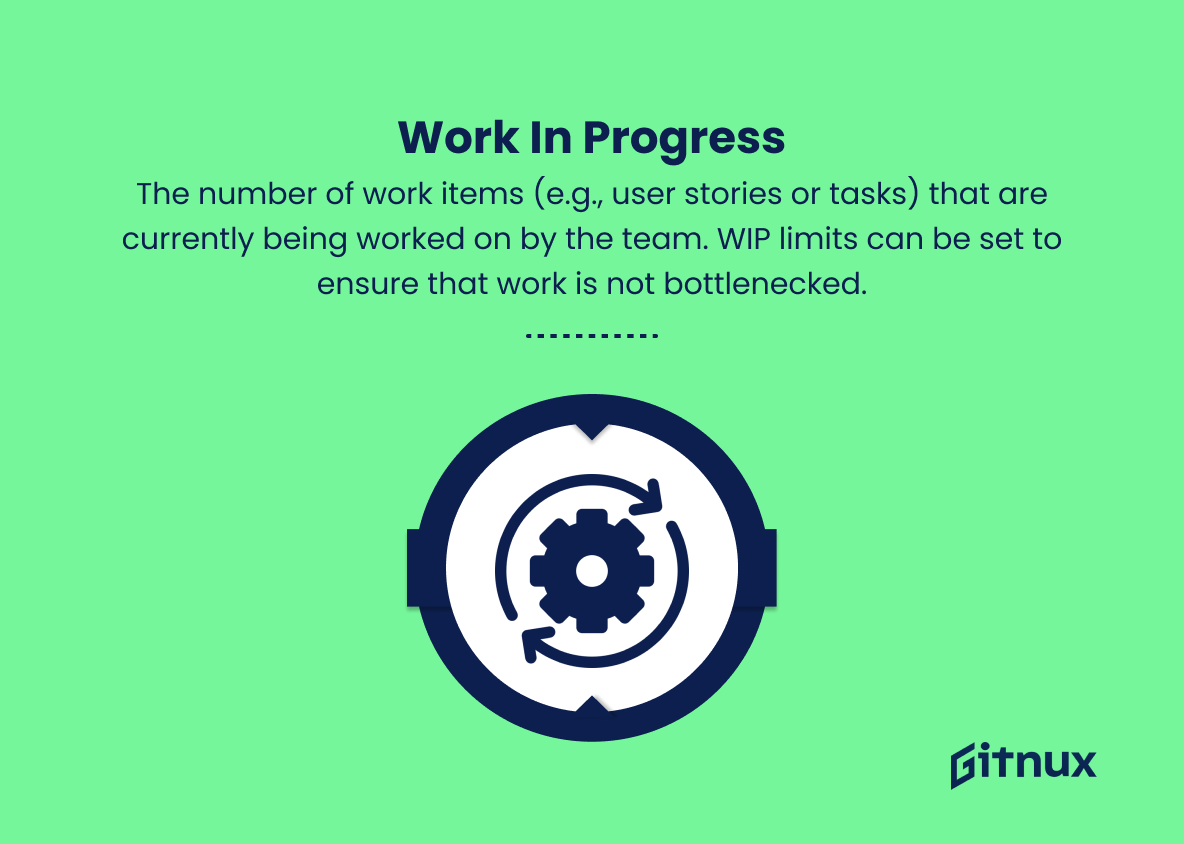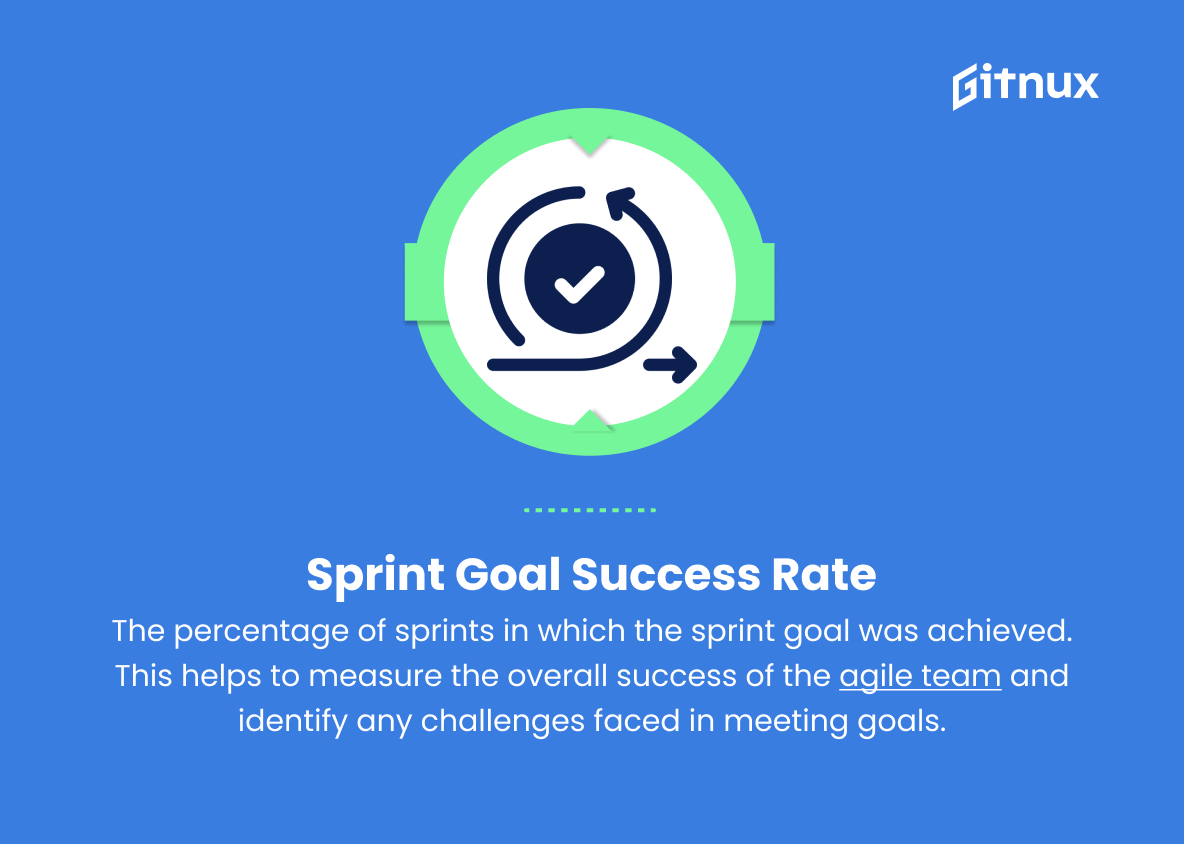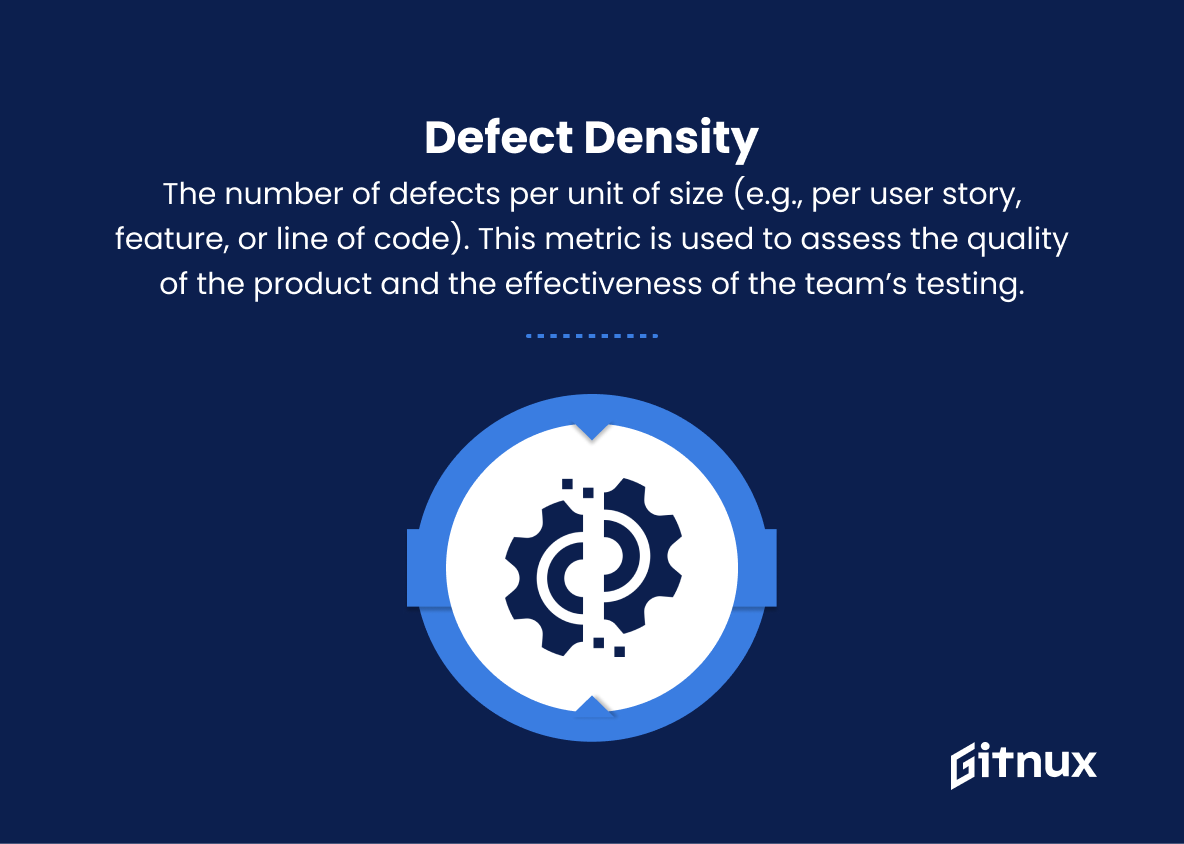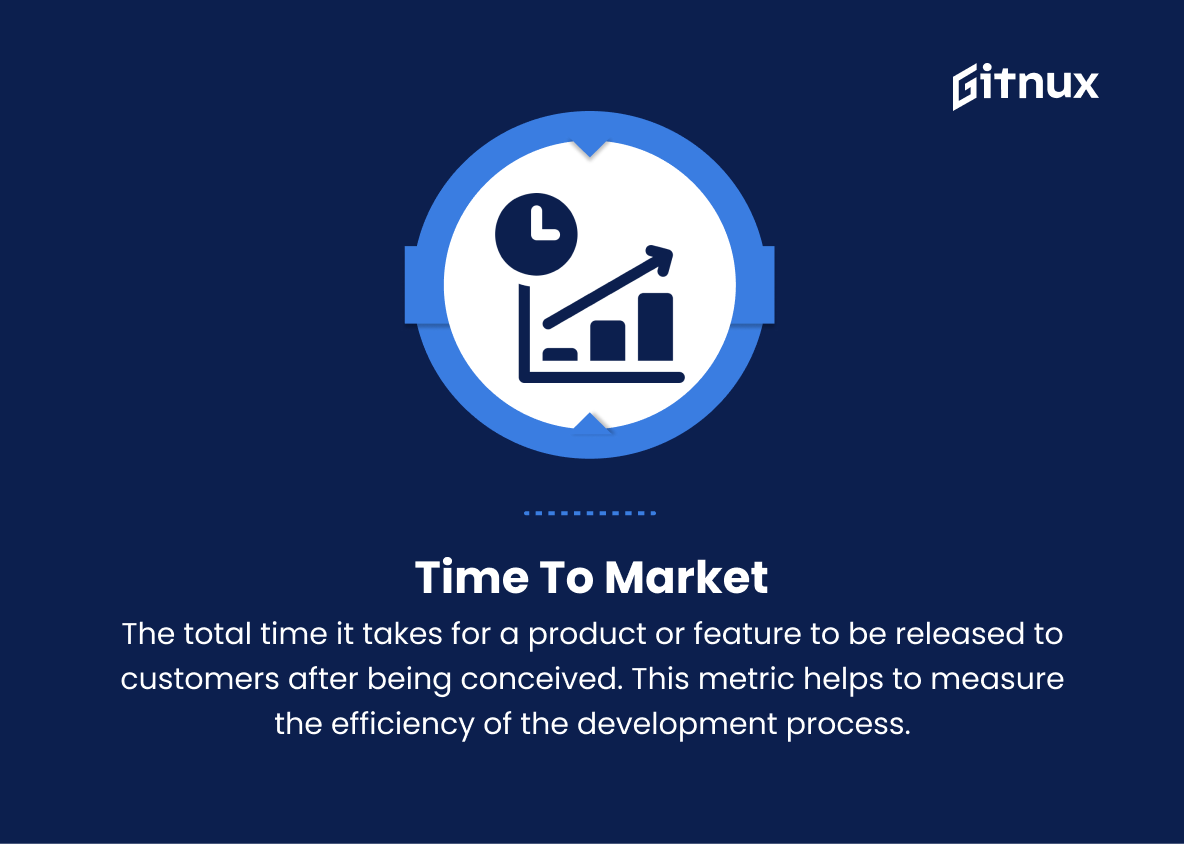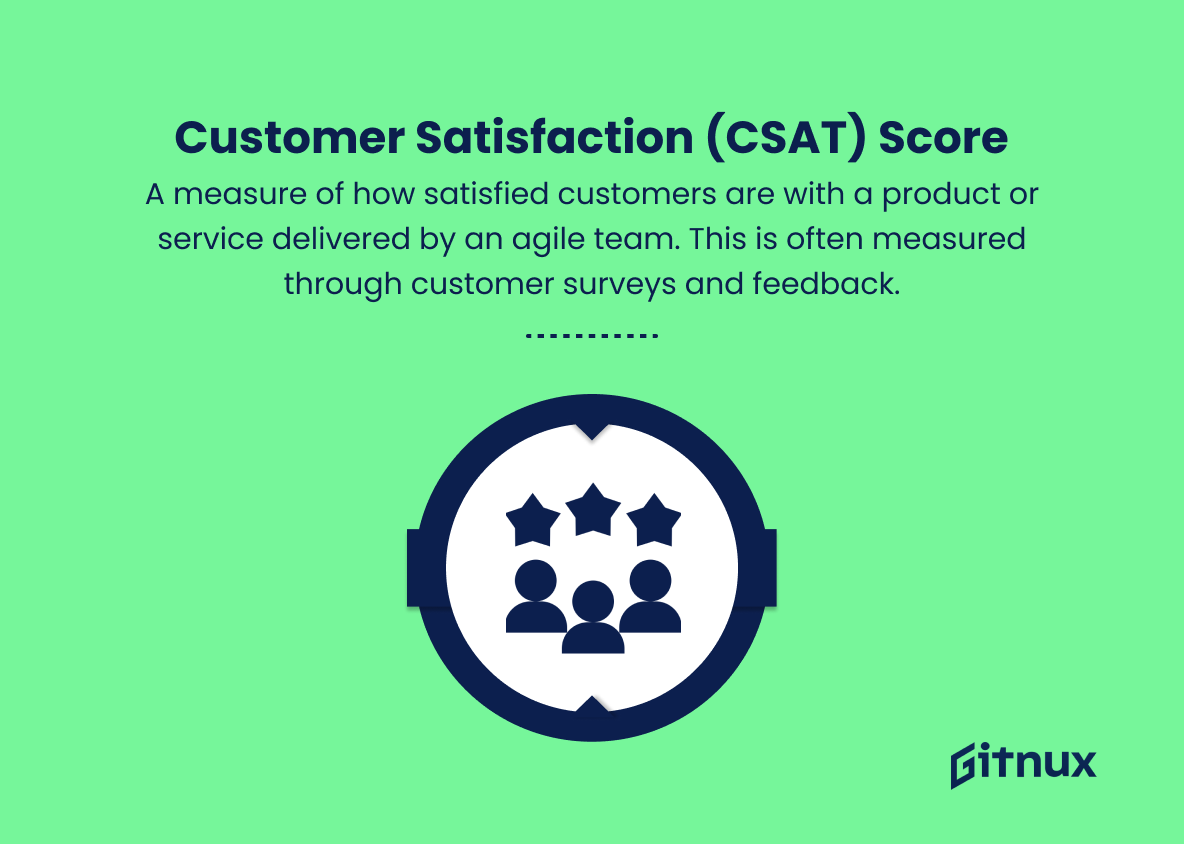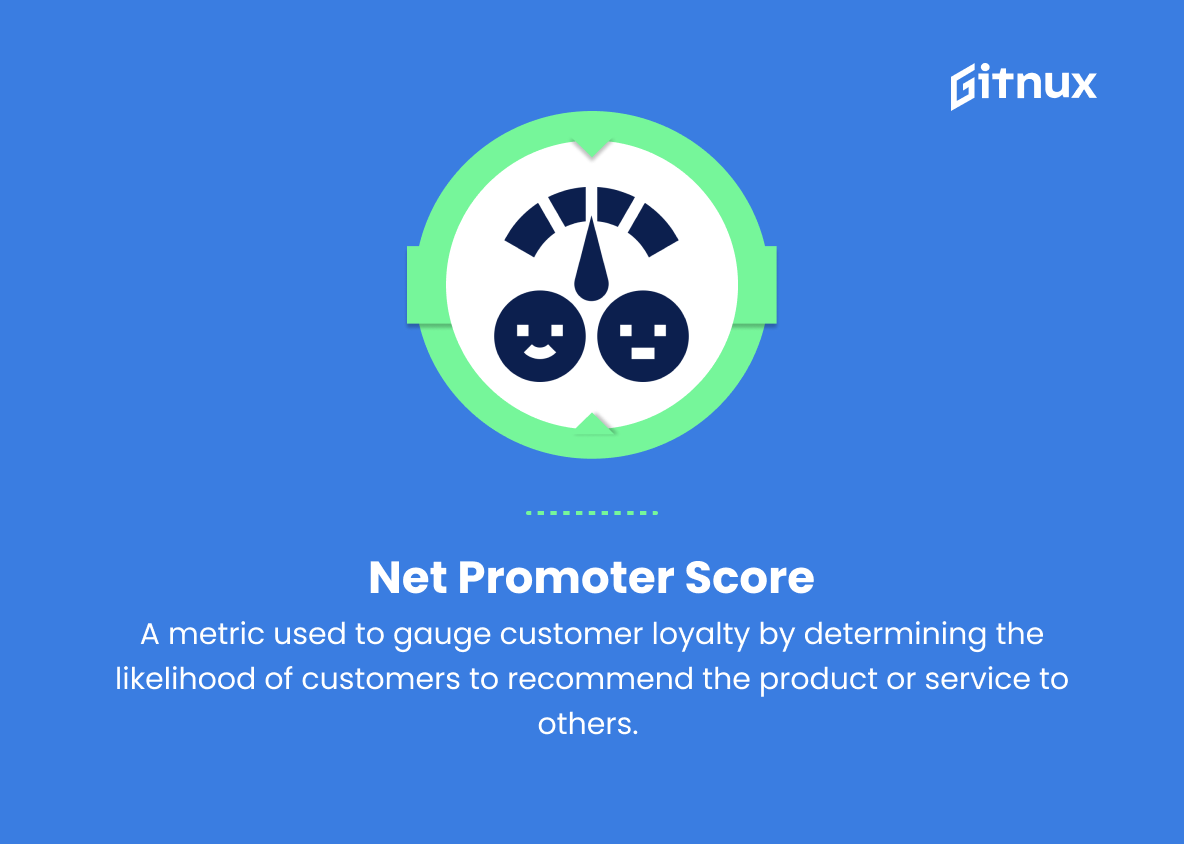In today’s rapidly changing business landscape, Agile methodology has become an essential component for organizations wishing to stay competitive, responsive, and adaptable to the evolving needs of their customers.
In this blog post, we delve into the world of Agile metrics – a fundamental tool for gauging the effectiveness and progress of your Agile development efforts. Agile metrics serve as the guiding star for Agile teams and stakeholders in understanding the project’s health, risks, and areas for improvement. Join us as we explore the key Agile metrics that matter, how to interpret them, and how to leverage these insights to optimize team performance and stay on the path to achieving project success.
Agile Metrics You Should Know
1. Velocity
The total number of story points (or effort estimates) a team successfully completes within an iteration. This metric provides an indication of the team’s productivity and helps to predict future performance.
2. Burndown Chart
A graphical representation of the work left to do (in story points or tasks) versus time. It helps teams to visualize progress and identify if they are on track to meet their iteration goals.
3. Burnup Chart
Similar to a Burndown chart, but it shows the total work completed (in story points or tasks) versus time. This helps visualize progress against the total scope of the project.
4. Cumulative Flow Diagram (CFD)
The CFD is a visualization of the flow of work items in different states (e.g., To Do, In Progress, Done) over time. It helps to identify bottlenecks and monitor Work In Progress (WIP) limits.
5. Cycle Time
The time it takes for a work item (e.g., user story) to move from the start of the process (e.g., To Do) to completion (Done). This metric helps to measure lead time, identify inefficiencies, and improve processes.
6. Lead Time
The total time from the moment a work item is requested (e.g., added to the backlog) until it is completed (Done). This metric can help to measure the responsiveness of the development process.
7. Throughput
The number of work items (such as user stories) completed within a specific time frame (e.g., per sprint or iteration). It is used to assess the team’s productivity and identify areas for improvement.
8. Work In Progress (WIP)
The number of work items (e.g., user stories or tasks) that are currently being worked on by the team. WIP limits can be set to ensure that work is not bottlenecked and to maintain a smooth flow through the workflow.
9. Sprint Goal Success Rate
The percentage of sprints in which the sprint goal was achieved. This helps to measure the overall success of the agile team and identify any challenges faced in meeting goals.
10. Defect Density
The number of defects per unit of size (e.g., per user story, feature, or line of code). This metric is used to assess the quality of the product and the effectiveness of the team’s testing and development processes.
11. Test Coverage
The percentage of code, features, or requirements covered by automated tests. High test coverage is an indicator of a robust testing suite and higher quality code.
12. Code Churn
The amount of code changes (additions, modifications, or deletions) made to a codebase during a specified time period, usually an iteration. High code churn can signify a high amount of rework, which impacts the team’s productivity and the quality of the code.
13. Time to Market
The total time it takes for a product or feature to be released to customers after being conceived. This metric helps to measure the efficiency of the development process and overall organizational agility.
14. Customer Satisfaction (CSAT) Score
A measure of how satisfied customers are with a product or service delivered by an agile team. This is often measured through customer surveys and feedback, and it is beneficial for identifying customer pain points and areas for improvement.
15. Net Promoter Score (NPS)
A metric used to gauge customer loyalty by determining the likelihood of customers to recommend the product or service to others. NPS can be a valuable measurement of overall customer satisfaction and product quality.
Agile Metrics Explained
Agile metrics play a crucial role in evaluating the progress, productivity, and quality of work delivered by an agile team. Velocity demonstrates the team’s productivity and helps in predicting their future performance, while Burndown and Burnup charts visually present progress toward iteration goals and the overall project scope. The Cumulative Flow Diagram helps identify bottlenecks and monitor Work In Progress (WIP), and Cycle Time and Lead Time measure the efficiency of the development process.
Throughput provides a snapshot of the team’s performance, while Work In Progress (WIP) ensures smooth workflow without bottlenecks. Sprint Goal Success Rate measures the success of agile teams, and Defect Density and Test Coverage assess the quality of the delivered product. Code Churn gives insights into the team’s productivity and code quality, while Time to Market measures the efficiency of the overall development process. Customer Satisfaction (CSAT) Score and Net Promoter Score (NPS) are crucial metrics that reflect customer satisfaction and loyalty, helping organizations identify areas for improvement and maintain a strong client base.
Conclusion
In conclusion, Agile metrics play a critical role in the continuous improvement and success of Agile projects. By focusing on key performance indicators such as throughput, work in progress, cycle time, and customer satisfaction, teams can better adapt to change and make informed decisions. It is important to remember that while these metrics serve as essential tools for measuring progress, the overall goal of Agile development is to deliver value to customers in a timely and efficient manner.
Keep in mind that Agile is about embracing change and constantly learning and evolving. By consistently analyzing and refining your team’s performance using Agile metrics, you can ensure that your projects stay on track and ultimately exceed customer expectations.
